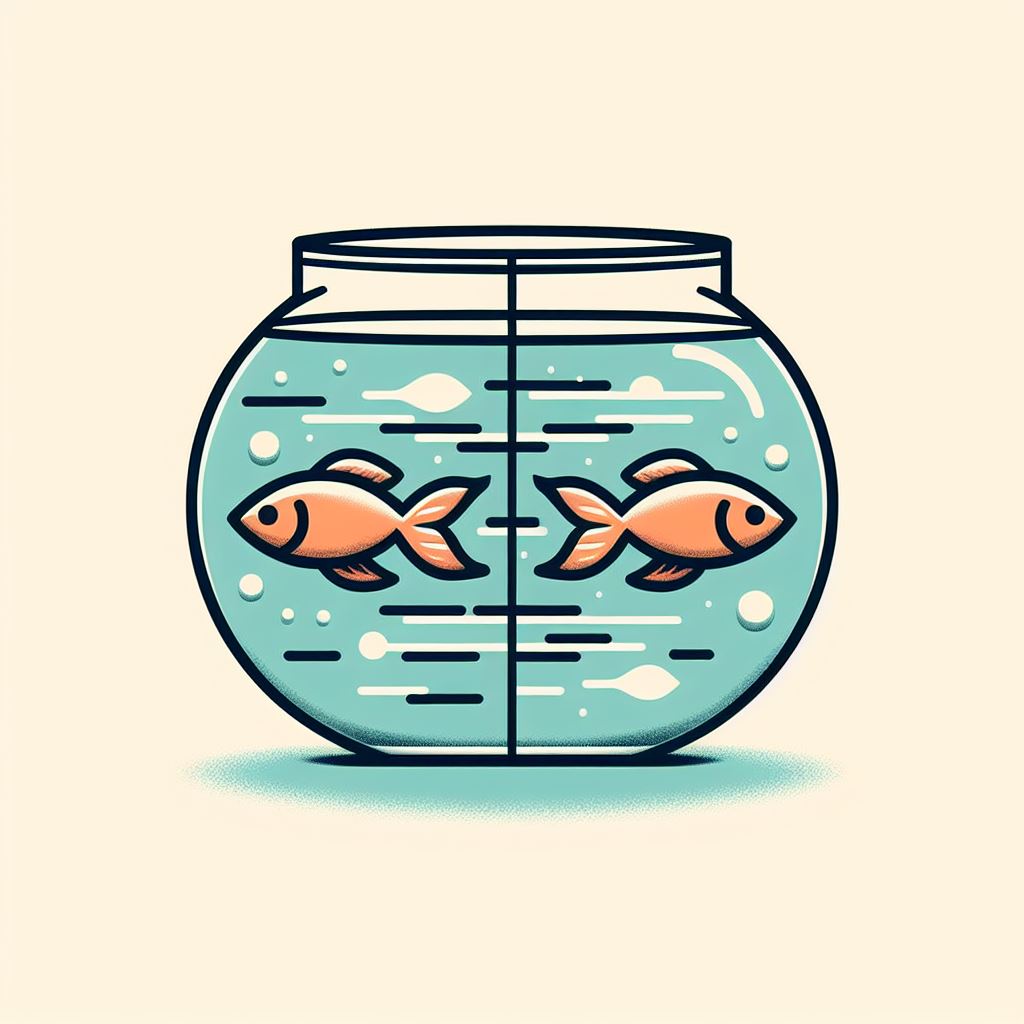
Doing the opposite of what you feel can be a great way to change the flow of your emotions. Learn about the “opposite action” technique in this article.
Emotions can be very useful when they guide us to act in helpful and constructive ways, especially when we have strong emotional intelligence and we know what our emotions are signaling to us.
However, sometimes our emotions can be misleading and dangerous. And sometimes what emotions are telling us to do isn’t always what we should do.
In certain situations, it’s better to disengage from your emotional instincts rather than act on them impulsively, especially when you don’t ever question your emotions or challenge them.
Trying to be more rational is one way to combat your emotions (such as changing your thought patterns or reframing your beliefs). But we can also shift our emotions by changing our behaviors as well.
One behavioral technique used to challenge destructive emotional patterns is called opposite action.
The central idea behind “opposite action” is that every emotion comes with an action tendency – what that emotion is motivating or driving you to do. For example…
- Anger often causes us to lash out and be aggressive, whether verbally or physically.
- Sadness often causes us to isolate ourselves and not want to do anything.
- Fear often causes us to run away or avoid a situation.
- Shame often causes us to hide.
Sometimes these “action tendencies” are completely healthy and constructive. It makes sense to be fearful and avoid a bear, or be angry and raise your voice, or be sad and want to spend some time by yourself. That’s why these emotions exist in the first place.
However, these “action tendencies” can also become destructive and self-fulling when taken to an extreme. If you always act on your anger by being aggressive or violent, then you will continue to reinforce that emotional pattern. Your anger will become more frequent and more intense, because you’re always acting on it and feeding into it.
When you know your emotions are working against you, it can be difficult to reverse the process. But one simple technique to keep in mind: just try to do the exact opposite action of what your emotions are telling you.
One common situation this is useful for is when you are sad and you don’t want to go out with your friends. While this is a completely natural feeling, sometimes it is better to drag yourself out with your friends anyway, even when you really don’t feel like it – do the opposite action. Often you end up feeling glad that you did, even if at first you were hesitant about it.
In the same way, doing the “opposite action” in response to other emotions can help us reverse those feelings:
- When angry at a person, do something kind for them instead.
- When too afraid to try something new, do it anyway.
- When sad and you don’t want to leave your bed, get up and get outside despite your feelings.
- When shameful about something you want to hide, be open and share it with others anyway.
This is all easier said than done. But when you focus on the “opposite action” from what these unhelpful emotions are telling you, then you’ll have an easier time ending their cycle.
This technique helps you to not become a slave to your emotions. Just because you feel one way doesn’t mean you have to act on it to relieve yourself.
We wrongly believe that we need to wait until we feel right before we take the right action. However, sometimes we need to take the right action before we can change the flow of our emotions.
Sometimes you should be kind to others, not because you want to be kind to them, but because that’s the smart thing to do if you want to keep yourself healthy and your emotions in check.
Here’s another example. Say you are ashamed about your weight, or a bad grade you got on a test, or some other problem in your life. The “action tendency” behind shame is usually to hide from these things or lie about them, but the truth is when we talk about our problems we usually feel better about them.
Often you need to do things you don’t want to do before you can realize that’s exactly what you needed. Can you think of an example when doing the “opposite action” made you feel better?
Of course, this isn’t a cure-all for managing your emotions, but it is an important tool to put in your mental toolbox.
Enter your email to stay updated on new articles in self improvement:
